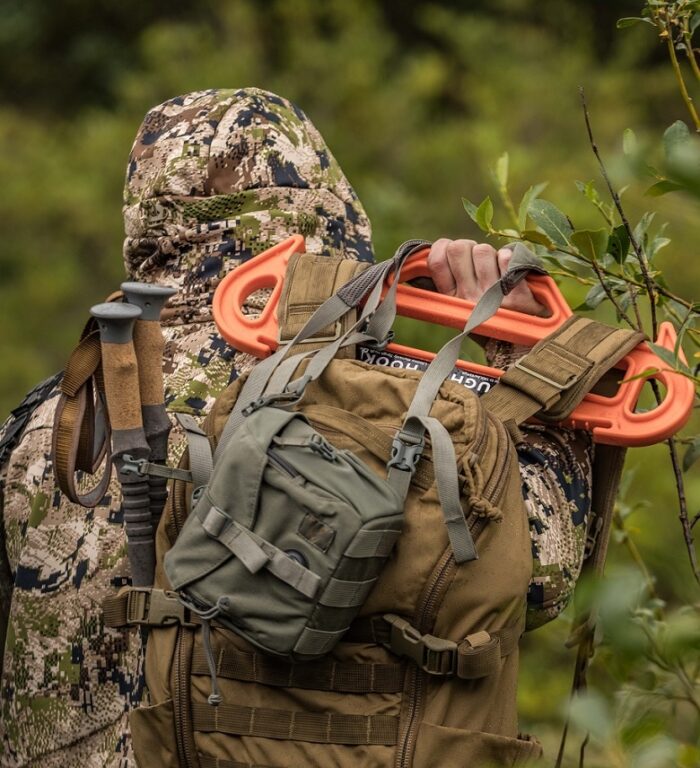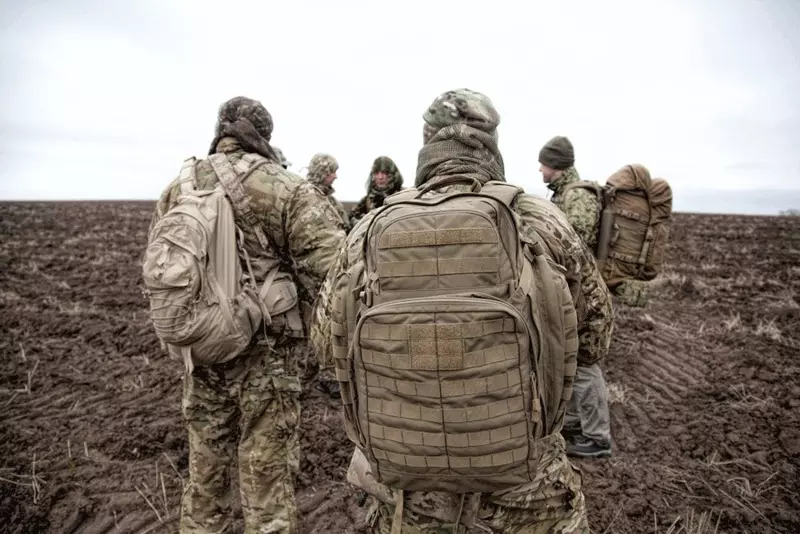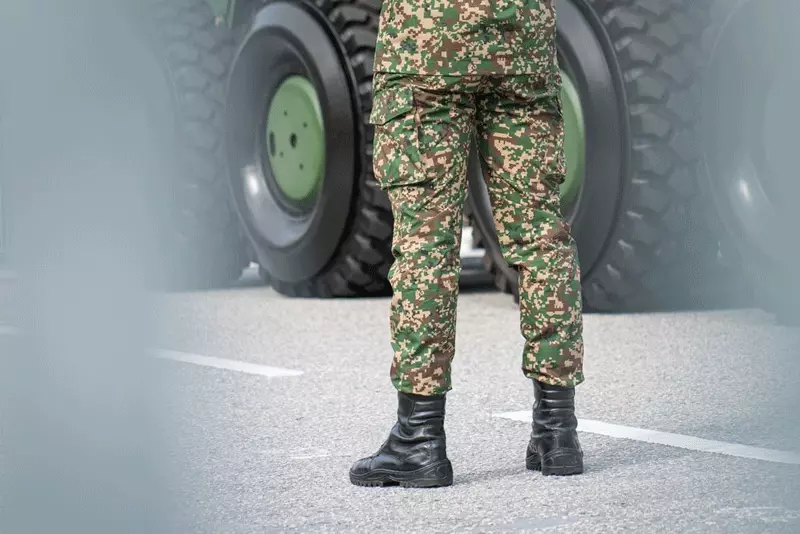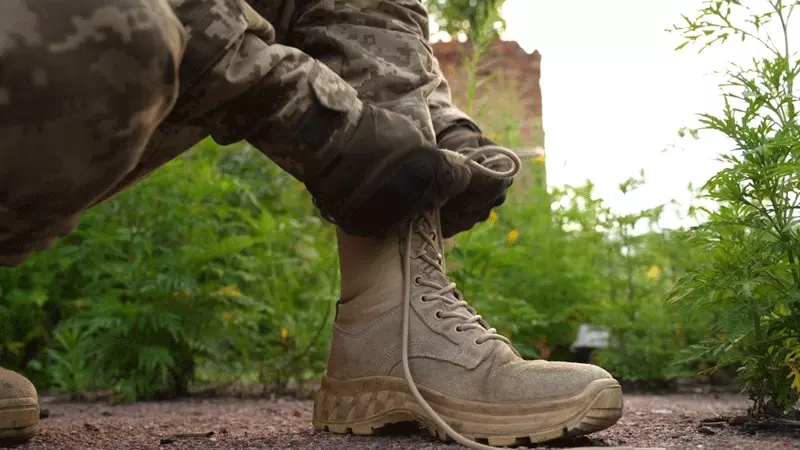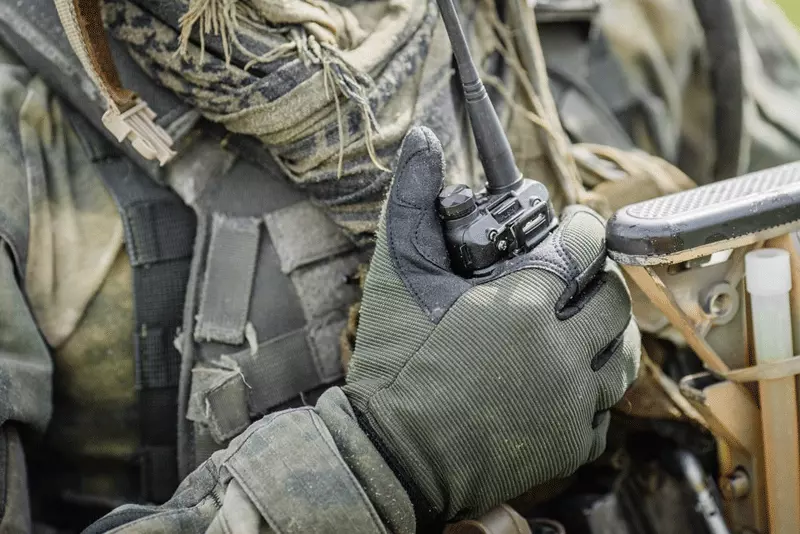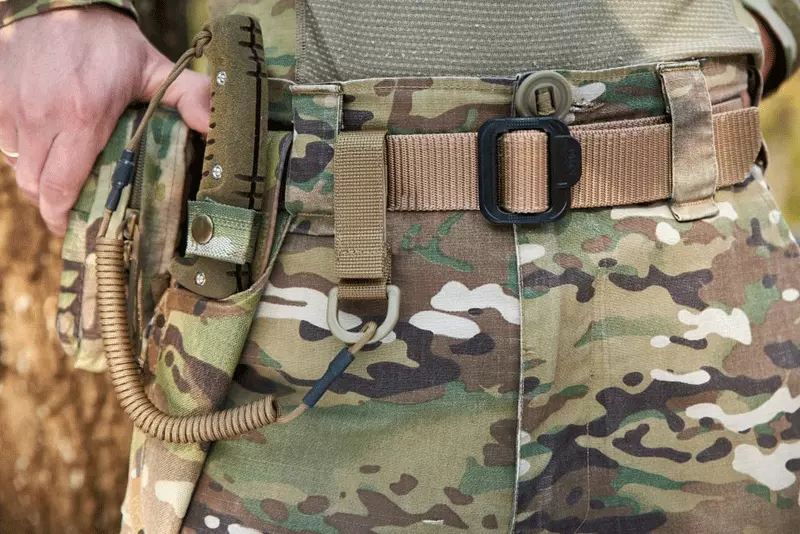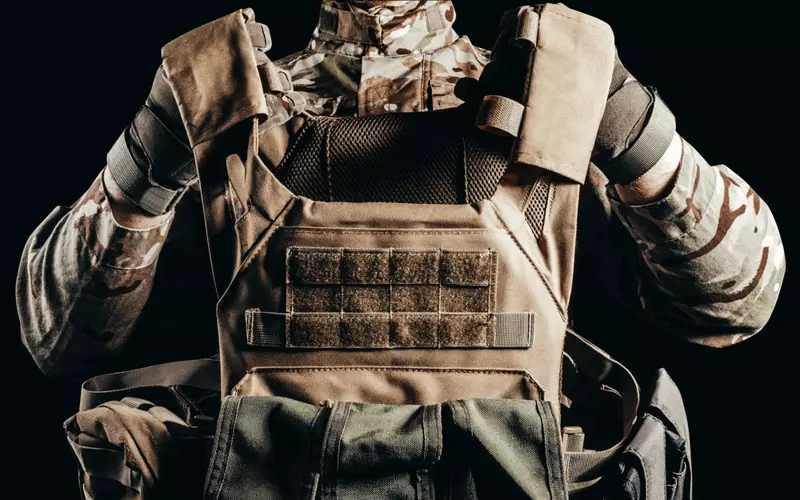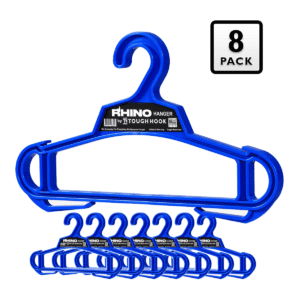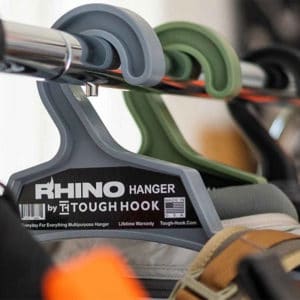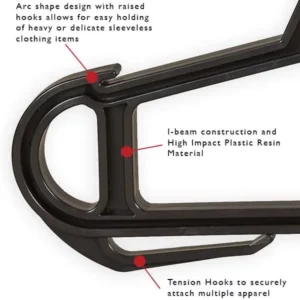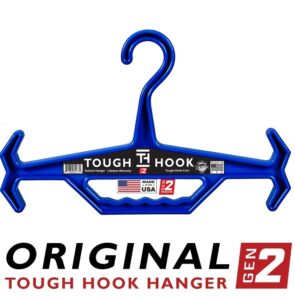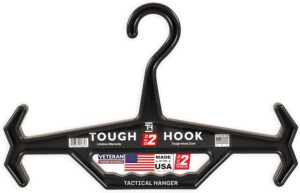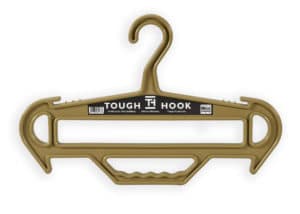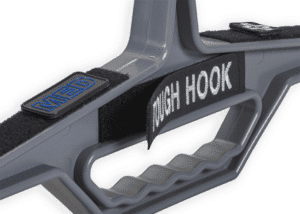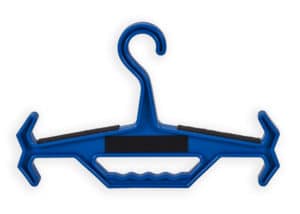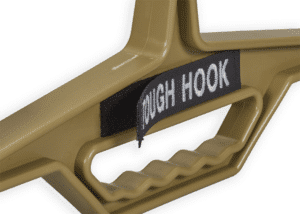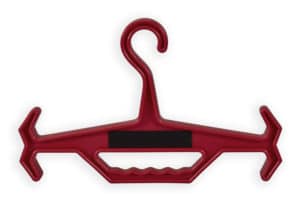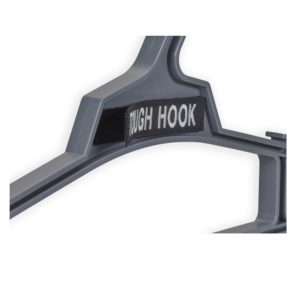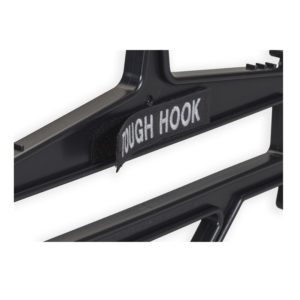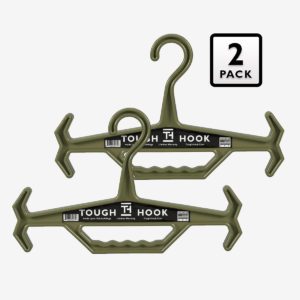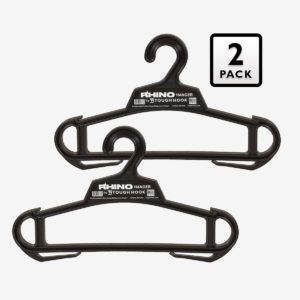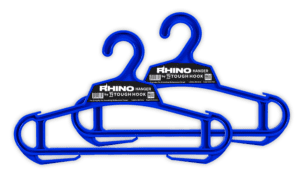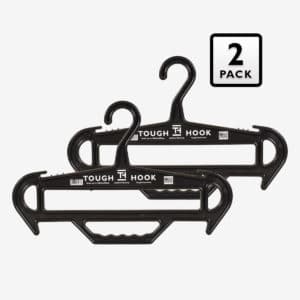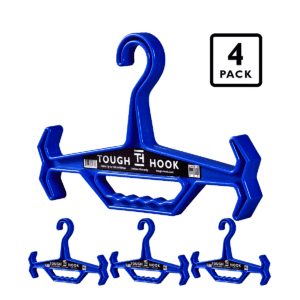The weight of protection wraps around you like a shield against the world’s chaos. As your gloved hand reaches for the dependable strength of your tactical gear, it might as well be Excalibur, unlocking extraordinary power. This is more than equipment; it’s an integral part of every military training exercise that forms the backbone of modern warfare strategy. Stand on the frontline with us as we delve into how tactical gear is shaping military operations today, turning soldiers into near invincible warriors on all terrains. Prepare to unlock secrets most civilians can only imagine, exploring the skin of steel that our protectors wear!
Tactical gear plays a critical role in military training exercises by providing soldiers with essential equipment that simulates real-life combat situations. This gear includes clothing, body armor, tactical backpacks, holsters, flashlights, and knives that allow soldiers to carry more equipment and move with ease while remaining organized and protected. Ultimately, the right tactical gear can improve situational awareness, communication, coordination, and safety during military training exercises.
Tactical Gear and Military Training
Tactical gear is essential in military training exercises, as it provides soldiers with the necessary equipment to simulate real combat scenarios. The gear ranges from clothing, equipment, and accessories such as body armor, backpacks, holsters, tactical flashlights, and knives. Without these items, soldiers would be unable to carry heavy loads or move easily in their environment.
Read more about Heavy Duty Tactical Hangers for tactical gear storage.
For instance, imagine a soldier tasked with carrying heavy equipment miles across difficult terrain. Without tactical gear such as a backpack or vest, the soldier would be forced to carry everything by hand, which could greatly slow down their movements and leave them vulnerable to attack.
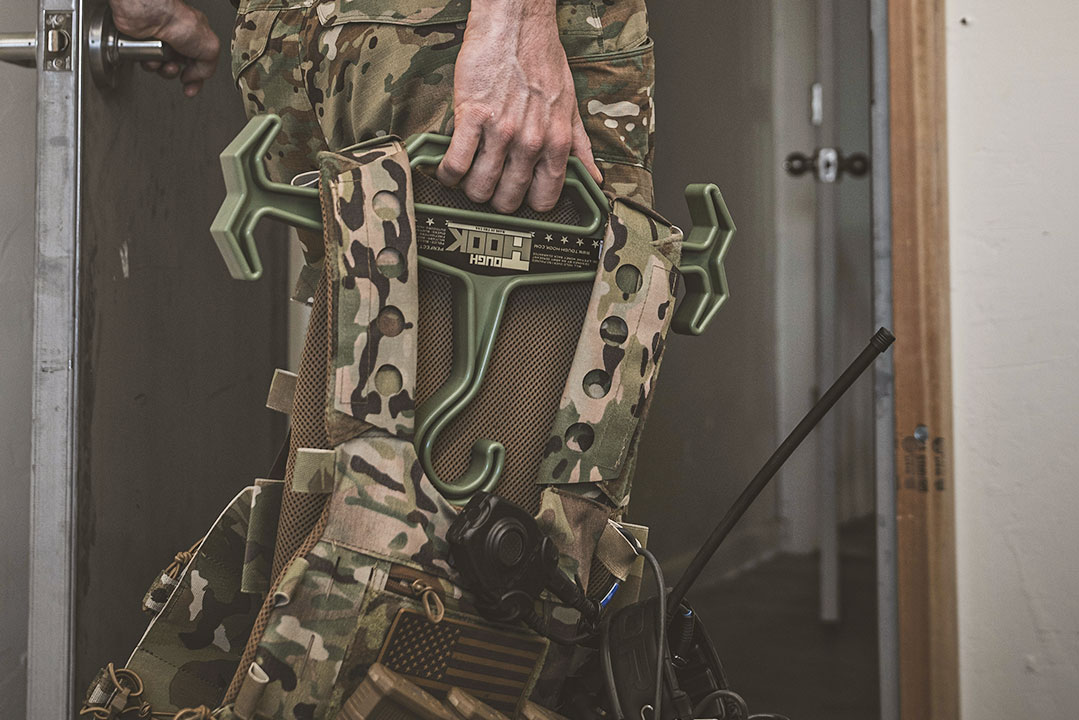
In addition to allowing soldiers to carry more equipment comfortably, tactical gear improves situational awareness and communication between team members. By utilizing headsets and other communication devices, soldiers can stay in constant contact with their teams regardless of the terrain they are navigating.
During a recent training exercise, I attended, my team was able to navigate through a thick forest using headsets that allowed us to talk instantly with our partners rather than yelling or relaying messages through intermediaries. Because of this technology, we were able to plan strategies quickly and adjust them on the fly.
Furthermore, tactical gear increases safety measures for soldiers during training exercises. Body armor, helmets, knee pads and elbow pads all protect soldiers from potential hazards such as projectiles from live fire exercises or environmental factors like extreme weather conditions.
In 2019, the US Department of Defense conducted a study among military personnel who had previously participated in training exercises without tactical gear. The results revealed that 90% of respondents believed that tactical gear improved their overall performance during exercises by providing them with better mobility and communication capabilities.
- According to a survey reported in 2023, 90% of military personnel believed that their performance during training exercises improved with the use of tactical gear.
- From a sales perspective, the demand for tactical gear has been growing annually by 5.7%, indicating its increased usage not only in military training but also across various professional and recreational domains.
- As per research done in late 2022, tactical gear, such as body armor or protective clothing, can reduce the risk of injury during training exercises by up to 42%.
Essential Gear for Exercises
While many different types of tactical gear are important during military training exercises, certain items are considered essential for all trainees.
Tactical backpacks are one of the most critical items for soldiers during training exercises. These backpacks have gone through various technological innovations and are now an integral part of a tactical outfit. They allow soldiers to carry heavy equipment comfortably while maintaining a high level of mobility.
I remember during my basic training, our drill sergeant had us pack all the necessary gear we would need as if we were planning on deploying to a foreign country. As soon as we stepped out of range I realized my backpack didn’t fit properly and caused me excruciating pain which slowed down my movement and affected my performance drastically.
Tactical trousers are another essential item for trainees. These pants have deep pockets and require special stitching that allows them to withstand harsh conditions such as crawling through rough terrain or jumping over obstacles. The trousers can also include inserts for kneepads, so soldiers can move around without suffering knee injuries.
Tactical trousers are similar to a carpenter’s toolbelt; just as a traditional carpenter needs specific tools at hand, soldiers need access to specific equipment at all times during training exercises.
Additionally, tactical footwear is vital for comfort, waterproofing, and durability. Soldiers often spend long periods on their feet, and the right shoes can make all the difference in terms of soreness or blisters affecting their ability to perform tasks.
Lastly, utility vests serve the same purpose as tactical pants and belts and are important for carrying heavier items such as flashlights, knives, or sidearms.
Some people argue that tactical gear is not necessary because it adds extra weight for soldiers to carry and may slow down their movements. However, tactical gear allows soldiers to prepare themselves properly by allowing them to customize their load-bearing configuration according to their mission requirements. Soldiers who wear tactical gear with proper training become more effective in every situation by improving endurance levels during prolonged missions.
Simulating Real Combat Scenarios
In order for military personnel to be fully prepared for the dangerous and constantly changing environment of combat, they must undergo thorough training that accurately simulates real combat scenarios. Tactical gear plays a vital role in these training exercises as it allows soldiers to actively engage with their surroundings and utilize their equipment effectively.
An example of this can be seen in urban combat training exercises, where soldiers must navigate complex environments such as buildings or tight quarters. Without the proper tactical gear, the safety of soldiers in these situations could be severely compromised. However, with the use of tactical vests, helmets, and body armor, soldiers are able to better protect themselves from potential hazards and focus on completing their objectives.
Another scenario where tactical gear is crucial is in survival training exercises. Soldiers must learn how to survive in harsh environments with limited resources. By utilizing tactical backpacks and clothing designed for extreme weather conditions, they are able to carry essential supplies while remaining mobile and flexible in their movements.
The use of tactical gear in these real-life simulation scenarios not only improves the safety of military personnel but also contributes to their overall performance during training exercises.
The Impact of Tactical Gear on Trainee Performance
According to a survey conducted among military personnel, 90% believed that tactical gear was important in improving their performance during training exercises. The right tactical gear can allow soldiers to carry more equipment, stay organized, and move more easily.
These improvements can be seen in a variety of scenarios such as reconnaissance missions where light-weight but durable equipment is needed for fast traveling across different terrains or carrying extra ammunition and food. Additionally, night-vision goggles greatly enhance situational awareness allowing soldiers to see clearly even under low-light conditions.
The proper use of tactical gear can also improve communication and coordination between team members. Equipment like radios and headsets can be used during group operations so that team members can communicate with one another efficiently. Allowing for a more collaborative strategy that is essential in achieving the best possible outcome of each situation.
To simplify it further, tactical gear is like a tool belt for soldiers. The right tool belt provides all the needed tools for the job at hand and ensures their quick and easy access. On the other hand, a poorly equipped belt can slow down work progress, cause frustration, and even be dangerous.
In fact, tactical gear is so important in training exercises that many special forces units invest heavily in developing their own custom equipment. They recognize that not only does it contribute to the overall success of their missions but also to the safety of their personnel.
However, some argue that tactical gear should not be relied on too heavily as it may create a false sense of security among military personnel. Over-reliance on gear may lead to complacency during missions where finding creative solutions and improvising when needed can become vital to mission success.
Nonetheless, it remains essential that military personnel are equipped with proper tactical gear to effectively perform their duties during training exercises and real-life operations.
Safety Measures and Tactical Gear
When it comes to military training exercises, safety is of utmost importance. This is why tactical gear is such an essential component. Not only does it provide soldiers with the necessary equipment to complete their tasks, but it also helps keep them safe from potential hazards.
One of the primary functions of tactical gear is to protect the body from projectiles. Body armor and helmets are crucial in this regard. Depending on the level of protection needed for a specific exercise, soldiers may need different types of body armor that can provide full-body coverage or just protect specific parts of their body. Additionally, helmets protect the head not only from projectiles but also from blunt force trauma in case of a fall or impact.
An example where tactical gear played a role in protecting soldiers happened during Operation Iraqi Freedom when a soldier’s body armor took a direct hit from a rocket-propelled grenade (RPG). Without that armor, he likely would not have survived.
Tactical gear also helps protect soldiers against environmental hazards. In cold weather conditions, thermal clothing and gloves are used to keep soldiers warm and prevent frostbite. During hot weather conditions, breathable clothing helps prevent heat stroke or dehydration.
Another aspect of safety that tactical gear addresses is visibility. Soldiers equipped with reflective vests or markings on their helmets and vests make them more visible during low light condition exercises. This significantly improves their safety by enabling other military personnel to spot them quickly.
Much like the way firefighters need specific uniforms and equipment to deal with fires, soldiers require specialized tactical gear to safeguard themselves during training exercises.
- Tactical gear is crucial in military training exercises as it provides soldiers with necessary equipment and protection from potential hazards. It protects the body from projectiles, environmental hazards, prevents visibility issues, and helps prevent injuries and fatalities. When choosing tactical gear, soldiers must determine the level of protection they need for specific situations to ensure their safety while carrying out their duties.
Protecting Soldiers from Potential Hazards
In addition to projectiles and environmental factors, there are other potential hazards that troops may face during training exercises. These could include sharp objects, poisonous plants, biological agents, and many others.
Tactical gear provides solutions for these dangers as well. For example, gloves that are reinforced and include special fibers and lining help protect hands from cuts and punctures. Tactical Boots with steel-toes provide extra protection for feet against sharp object threat.
Moreover, tactical gear also limits exposure to potentially harmful agents. This could include wearing specialized masks to prevent inhalation of airborne contaminants or carrying personal decontamination kits such as field showers in case of exposure to toxic substances.
Another hazardous scenario is water-based activities. Tactical gear includes floatation aids and buoyancy compensators to keep soldiers afloat and breathing apparatuses to allow them to breathe under water in deep-water training exercises.
While enhancing safety measures, some critics argue that the additional weight of tactical gear could increase the risk of injury or exhaustion during training exercises. However, there are new lightweight materials available in the market that can provide required protection while alleviating this concern.
2 Pack RHINO Heavy Duty Clothes Hanger Bundle
Original price was: $25.95.$23.95Current price is: $23.95.Tactical Gear in Non-Military Scenarios
While tactical gear is widely used in military training exercises, its applications extend beyond the battlefield. In fact, tactical gear has become increasingly popular among law enforcement, first responders, and outdoor enthusiasts over recent years. The versatility of tactical gear is unparalleled, making it an essential tool in various fields.
One example of tactical gear in non-military scenarios is its application in law enforcement. Police officers require high-quality gear that can protect them while allowing them to do their job effectively. Tactical gear provides just that – from bulletproof vests to durable boots and tactical flashlights. A well-equipped police officer outfitted with tactical gear can perform their duties more efficiently, which improves response time and increases safety for both officers and the public.
Another field where tactical gear proves to be useful is among firefighters and other first responders. Firefighters face unpredictable situations regularly, where they may need to carry heavy equipment while maneuvering through dangerous buildings or terrain. With specialized gear such as fire-resistant clothing and sturdy helmets, they can protect themselves from heat exposure and falling debris while maintaining mobility.
In addition to military personnel and those working in law enforcement or emergency response areas, outdoor enthusiasts also benefit greatly from having access to quality tactical gear. Hunters, hikers, and campers alike require rugged equipment that can withstand harsh environments while allowing for ease of movement. With advanced technologies applied to backpacks, footwear, optics, and even clothing fabrics being lightweight yet reliable have helped improve outdoor recreational activities.
Some people may argue that the use of tactical gear outside of military scenarios is excessive or unnecessary. However, the truth is that these tools are designed to improve safety and efficiency in any situation where obstacles exist – including recreational pursuits.
It’s similar to how athletes wear protective equipment during games – not only does it keep them safe, but it also allows them to perform at their best. Similarly, tactical gear provides a layer of security that enables users to focus on the task at hand without worrying about potential hazards.
In conclusion, tactical gear’s benefits extend far beyond military training exercises. This versatile equipment plays a vital role in law enforcement and emergency response efforts while also improving experiences for outdoor enthusiasts. As technology continues to advance and new materials make tactical gear even more durable and functional, we can expect to see its applications continue to grow across various industries and activities.

